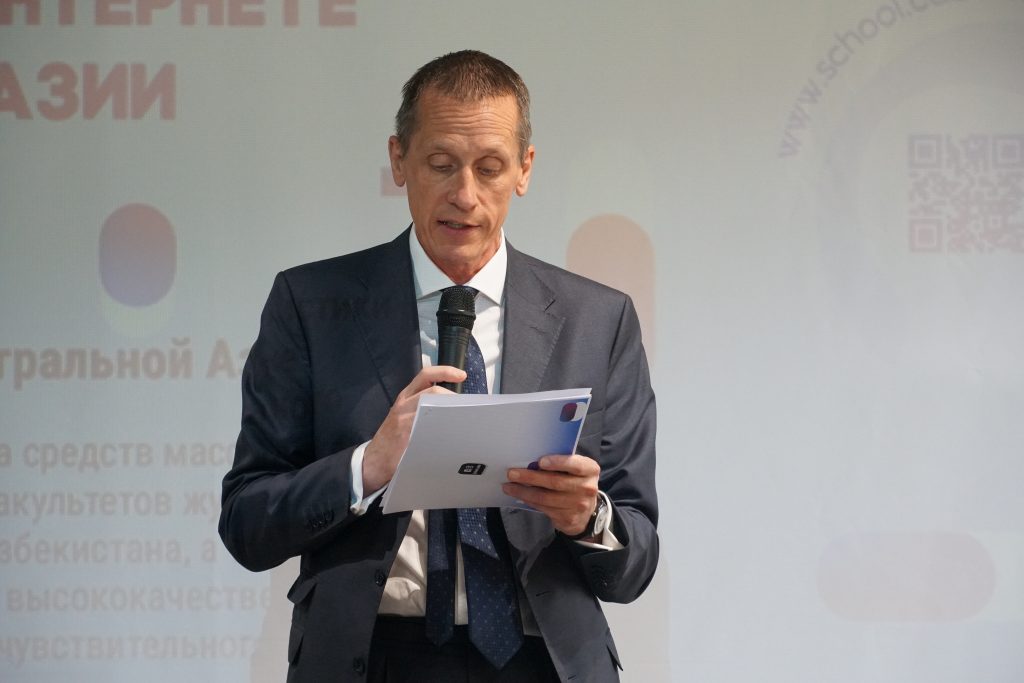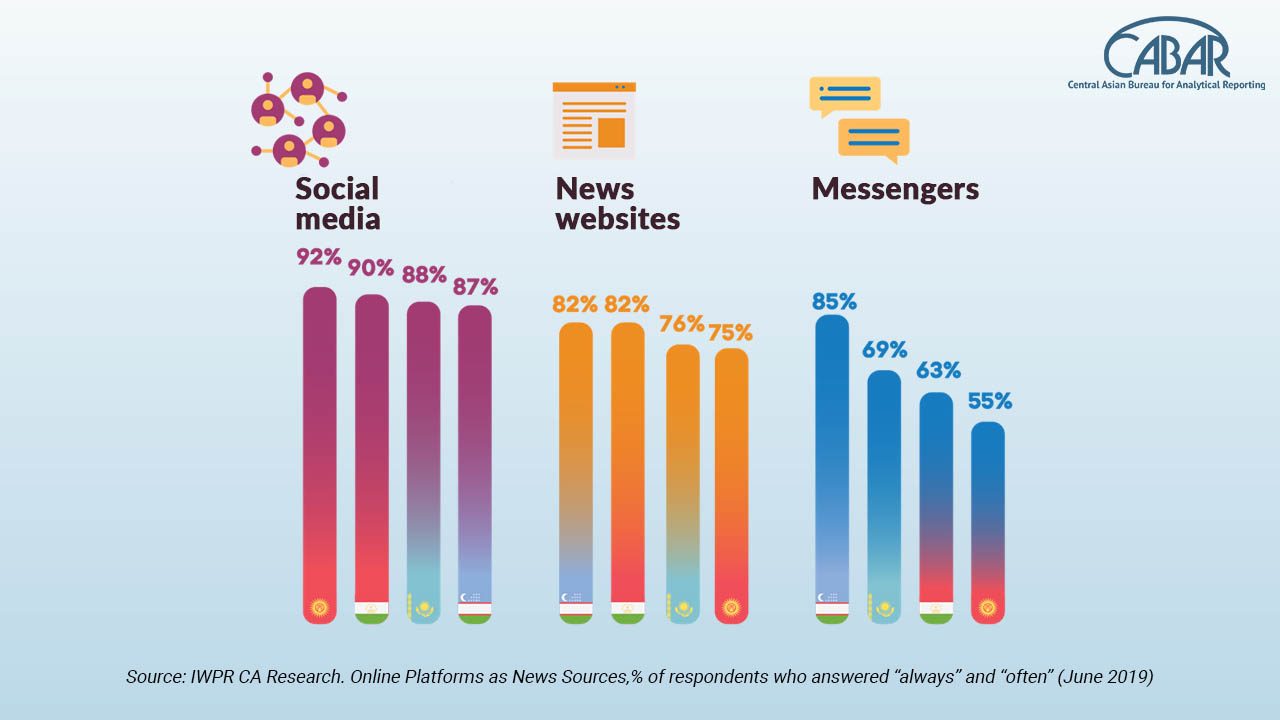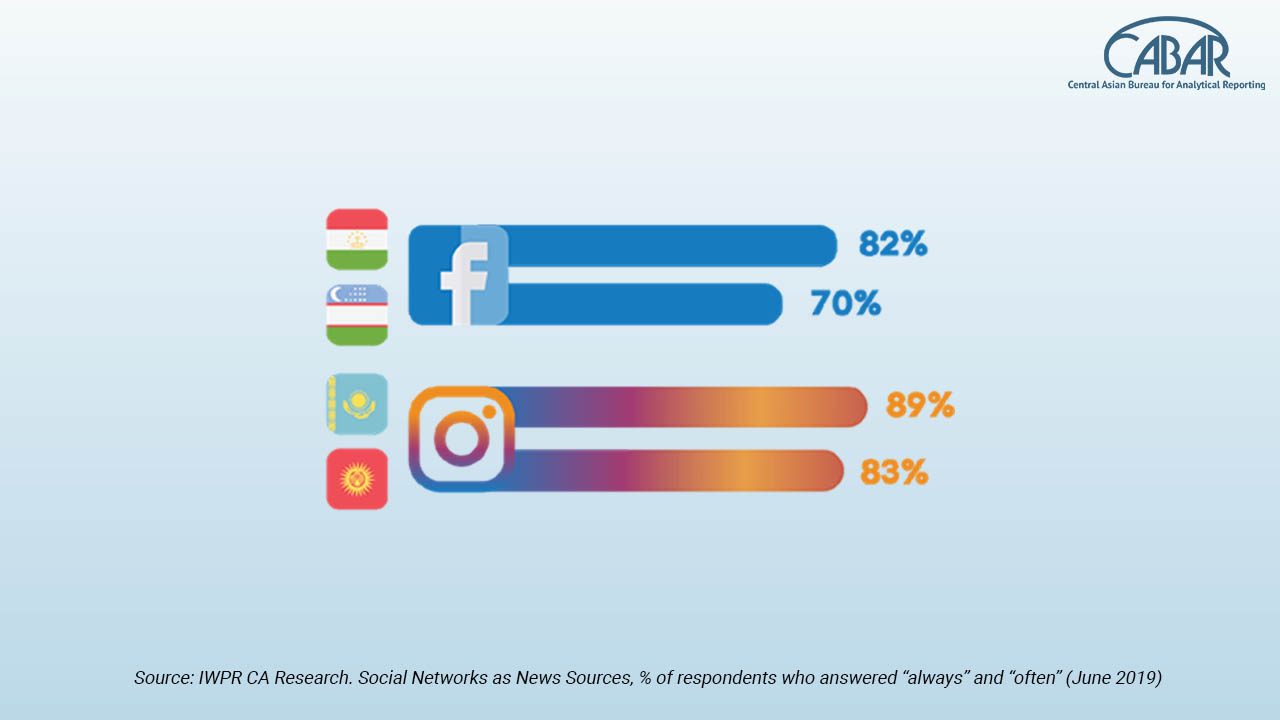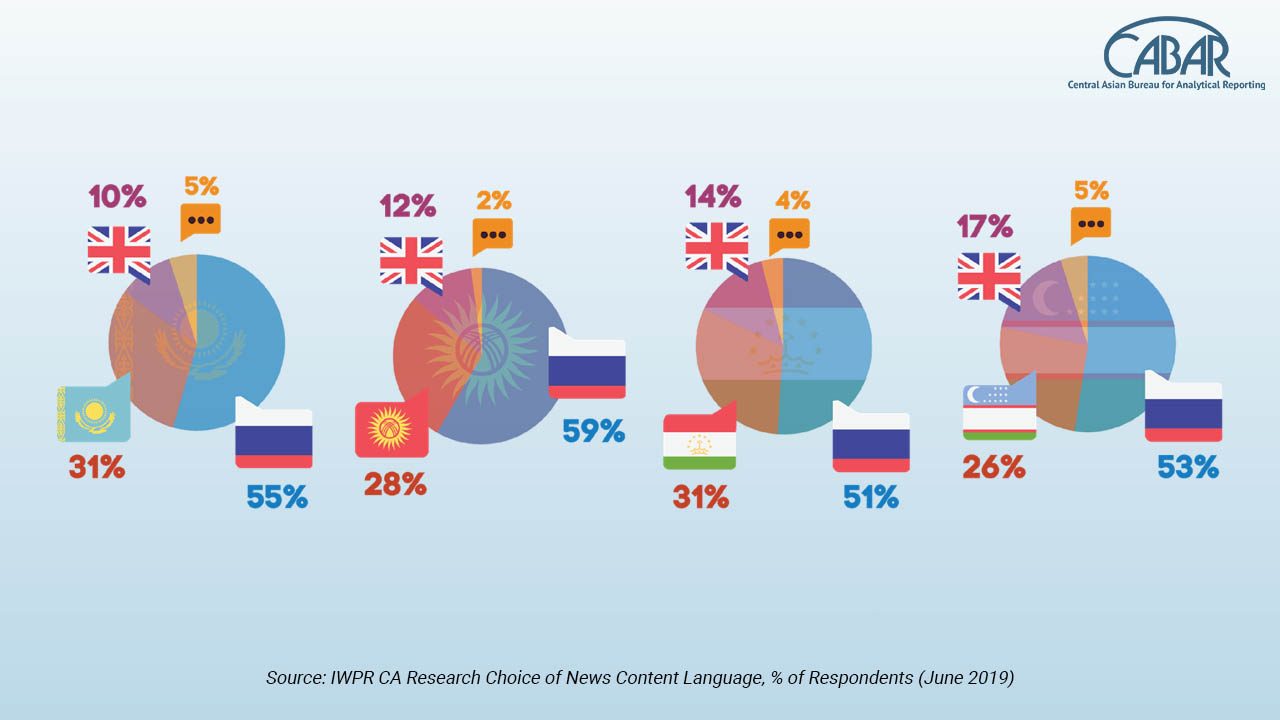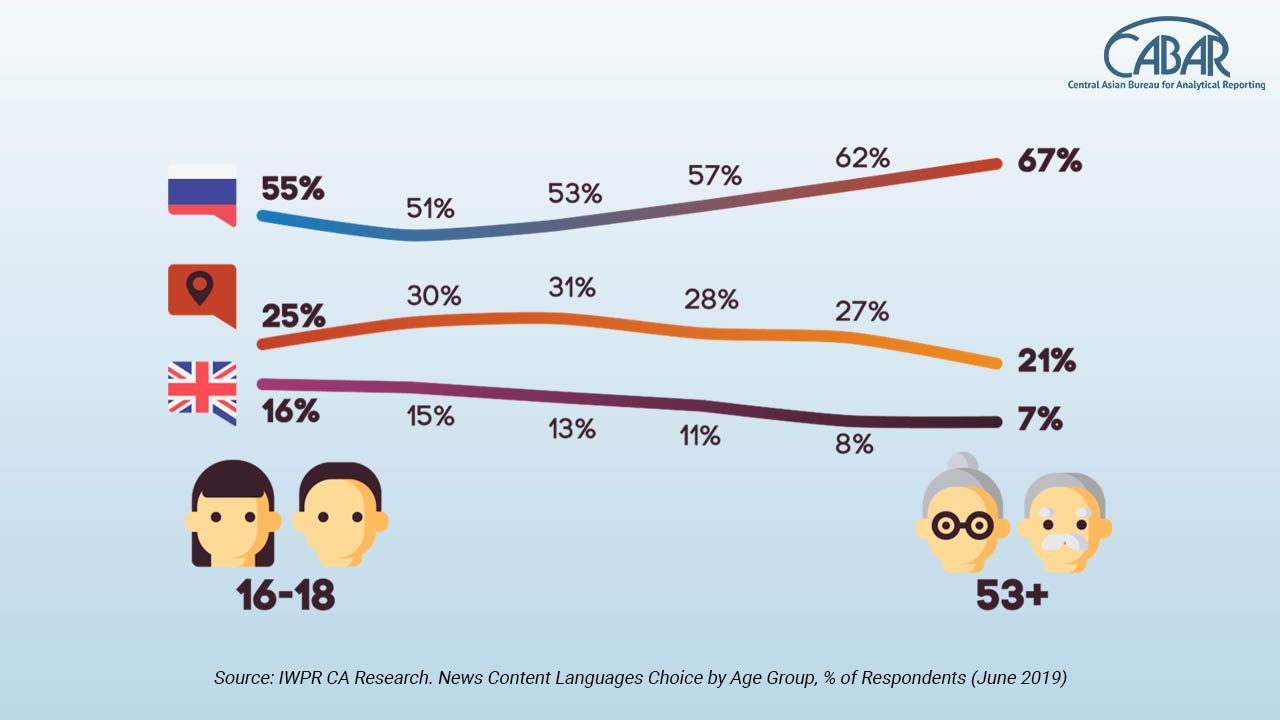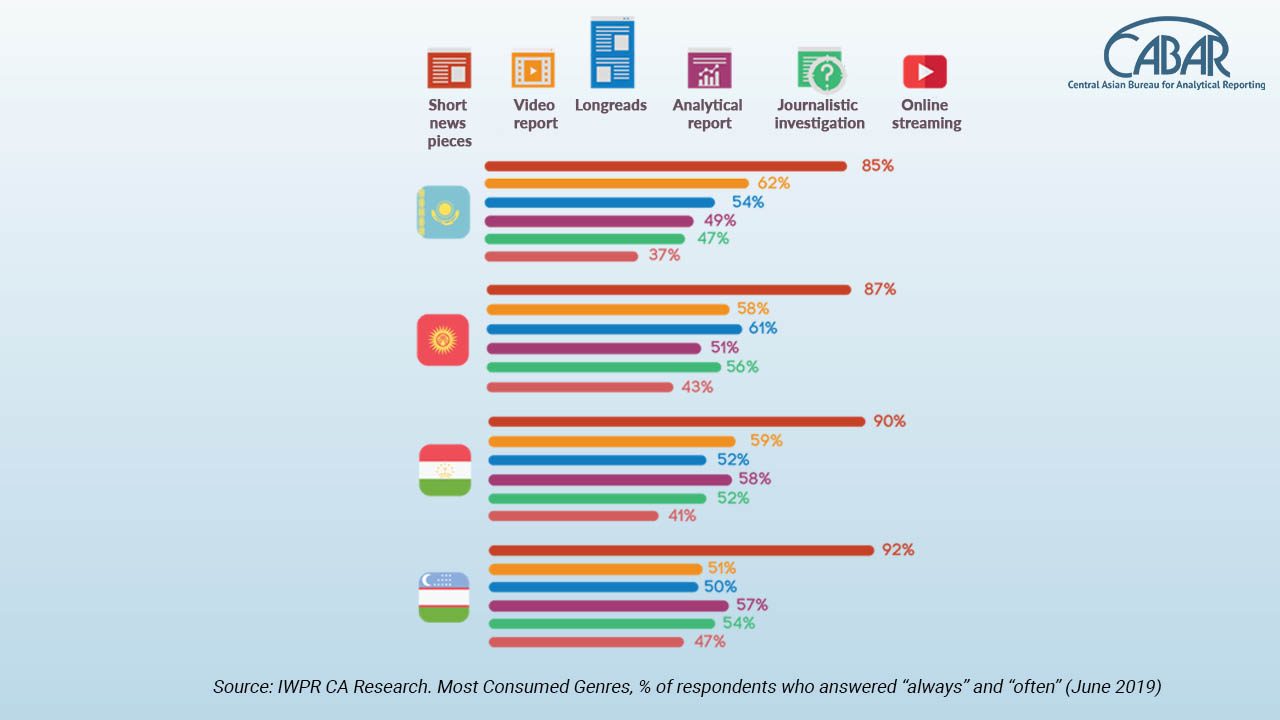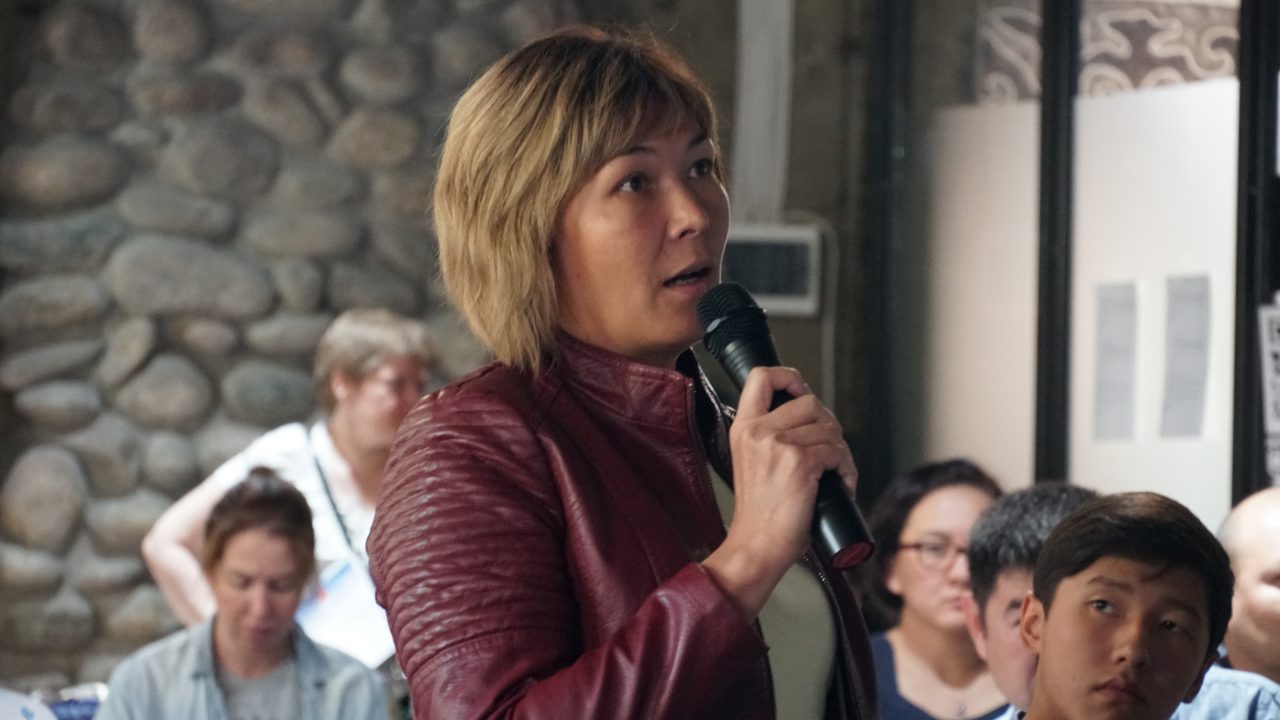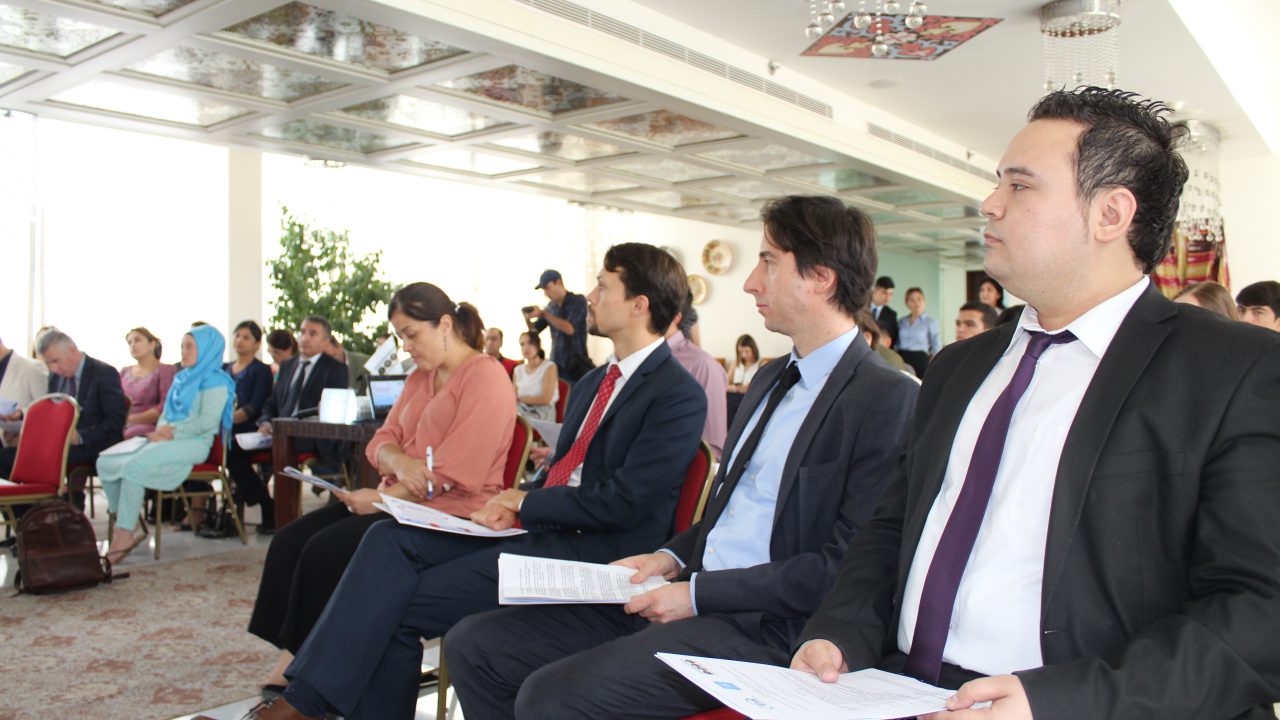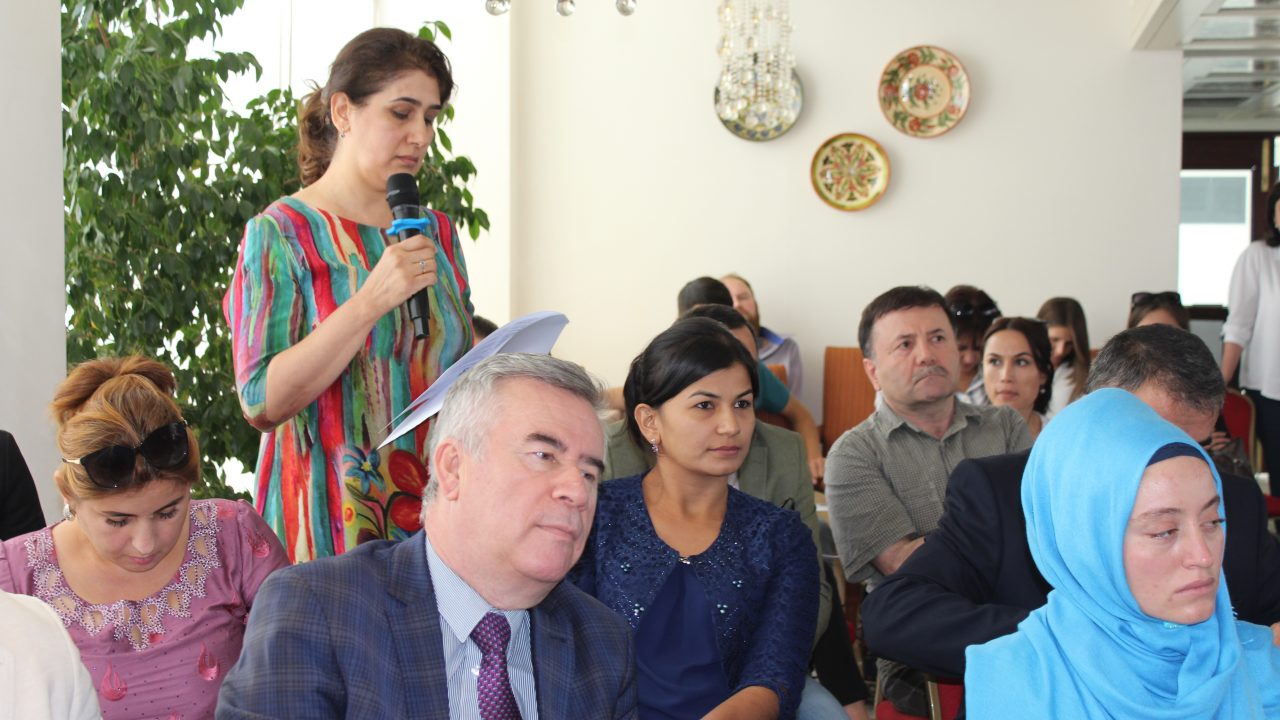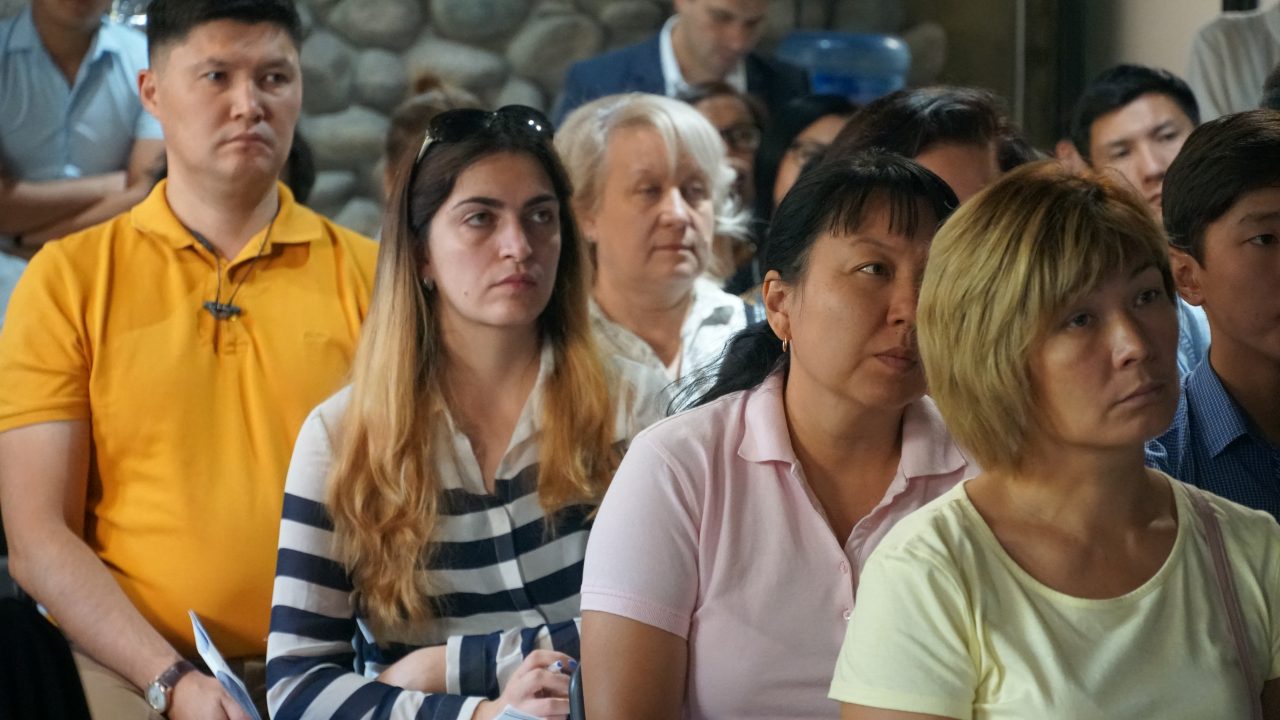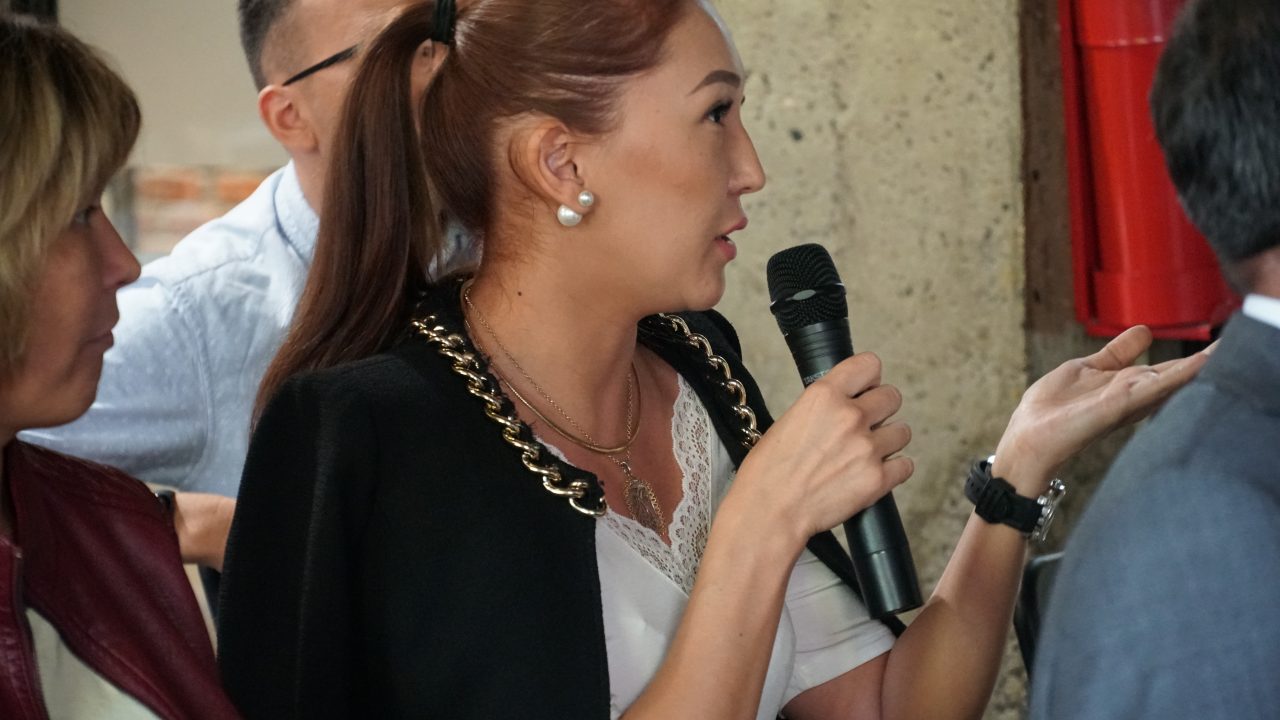An in-depth survey of more than 4,000 Internet users in Kazakhstan, Kyrgyzstan, Tajikistan and Uzbekistan explains how the online audience receives information and what its preferences are.
The purpose of the research was to identify how people read, watch, and listen to news on the Internet. The study included an online survey of 4,130 online news consumers, in-depth interviews with 20 experts in the field of new media, who possess the knowledge of regional and local features of news publications, and analysis of news accounts on social networks. Respondents were attracted in real-time mode among Internet users specifically for the survey (River sampling).
The research was conducted by IWPR Central Asia as part of the “Development of New Media and Digital Journalism in Central Asia” project, funded by the UK Government. From September 5 to September 11, presentations of the study results were held in Bishkek, Almaty and Dushanbe.
British Ambassadors to Kyrgyzstan and Tajikistan took part in the presentation of the research. They emphasized the importance of this research for the media and civil society in Central Asia.
Charles Garrett, British Ambassador to Kyrgyzstan:
However, distinguished guests also mentioned the challenges that modern news consumers face.
“With digitalisation and emergence of the new media, countries worldwide are facing new opportunities as well as challenges around the quality, speed and reach of information. Fake news and disinformation can be spread easily, manipulate minds and undermine stability and security, as seen in different parts of the world,” said Matthew Lawson, British Ambassador to Tajikistan.
According to Abakhon Sultonazarov, IWPR Regional Director for Central Asia, these were the first attempts to measure the online audience of news media across the region, and understanding the trends in online news consumption will help media and bloggers to create balanced, objective and alternative content in support of sustainable, high-quality journalism in the region.
Galiya Ibraeva – professor of Kazakh National University named after Al-Farabi is one of the authors of the research. She mentioned that for her, as a researcher, it was interesting to find out which connections influence us in the network culture of Central Asia, and how does the architecture of social networks around us take shape.
“Studying our social networks, the ways of their formation and functioning will help us to understand not only issues that concern each individual, but also issues that are important for our “organism” of Central Asia, [such as] conflicts, crime, economic phenomena as financial panic or development of new technologies,”said Galiya Ibraeva.
Social networks are leading, and messengers are catching up
Begaiym Adzhikeeva, coordinator of the given IWPR Central Asia project, said that first, respondents receive news from social networks, second are news websites, but messengers instantly catch up with them, which increases the region’s vulnerability to spreading misinformation.
Accordingly, news publishers and future journalists need to consider social networks and messengers as separate platforms that require a different approach to the content sharing. 
“The main news-sharing networks remain Facebook in Tajikistan and Uzbekistan, and Instagram in Kazakhstan and Kyrgyzstan. Among the messengers in Central Asia, the most popular news sources are WhatsApp, Telegram and Viber,” noted Begaiym.
There is a need for more news in local languages
IWPR Tajikistan Program Coordinator Dmitry Zavyalov indicated that the main language in which news are viewed online is Russian. Local languages are less popular. Experts attribute this to the fact that despite the growing trends in the consumption of online news materials in rural areas, most publications are concentrated in the capitals of the republics, most online news consumers are urban residents, and most social networks offer Russian-language content.
“Experts say the demand for local and regional content in local languages is increasing. This can be seen in the comments of users on social networks. At the same time, local news publications are slowly adapting to the rapidly changing trends of new media, including the technical difficulties with access to the Internet,” he says.
He also noted that the majority of respondents use a random or passive method of selecting news materials, and a significant part of respondents are not familiar with the phenomenon of hate speech in the media and do not notice any of the proposed gender stereotypes and prejudices in the news.
“Experts in their interviews confirm the results of the online survey and emphasize the need for enhanced study of standards for conflict and gender-sensitive journalism for both future and current journalists,” he said.
What topics interest the audience?
Jazgul Ibraimova, IWPR Research Coordinator elaborated on the topics, formats and genres of news materials. She noted that the results of the study showed a demand for news about social problems and the development of society along with news about scientific progress and new technologies, while these same topics occupy the first two lines in the ranking of the most viewed news.

As for the genres and formats of news materials, short news are most popular. Short news-notes lead among genres of news stories in all countries. The researcher notes that the volume of this format in the media market prevails, including due to user-generated content in social networks and instant messengers.
“Disinformation in social networks and instant messengers is growing due to user-generated content as well. Because users often snatch messages out of context, and journalists often, do not check user content when republishing. At the same time, experts in all four countries are worried that often behind the user accounts are destructive forces that masterfully use fake distribution tools,” – noted Jazgul.
Researchers paid special attention to the presence of gender differences in Internet access in Tajikistan and Uzbekistan, which was reflected in the distribution of respondents in our survey. According to Lola Olimova, program coordinator of IWPR Tajikistan, who conducted a study in the country, based on the results of many international studies, girls and women have less internet access than men do. This is especially true for developing countries, which include Central Asian countries. Moreover, in the region, with the exception of Kazakhstan, there are no accurate data on access to the Internet for men and women in Central Asia.

“In our region, it is necessary to pay more attention to the issue of gender imbalance in access to the Internet, perhaps to encourage special programs on supporting girls and women, especially in rural areas, in order to increase social inclusion and fight the digital divide.” said Lola.
The presentation includes a series of recommendations that the researchers prepared for both news media and international organizations, as well as for journalism departments of Central Asian universities.
Recommendations based on the results of the study:
To Journalism departments:
– Consider exploring social networks and instant messengers as a separate topic in training modules and multimedia journalism programs.
– Social networks and messengers should be seen as platforms that require a different approach to the distribution of content, as well as other standards compared to how content is distributed and consumed through traditional media such as radio, newspapers and television.
– Introduce separate modules into the curriculum or strengthen / update the content of existing programs on conflict-sensitive and gender-sensitive journalism. Educate future journalists on socialization skills, nurture as microinfluencers, with knowledge and skills in applying journalism standards when working with social networks.
News Media:
– To increase the capacity of news publications to develop a media production strategy, including the strategy of maintaining pages on social networks.
– Revise approaches to journalism – move from a simple presentation of the news to telling significant stories, explaining the events, help the audience understand the processes, with the extraction and analysis of data, visualization.
Conduct long-term content analysis of media publications (including their pages on social networks): for monitoring the content of materials on conflict and gender sensitivity, misinformation, quality of headlines and leads, tone and perspective of news materials in the Central Asian region. Such studies can serve as a training tool for departments of journalism. This can be useful for the journalists themselves, as it will allow you to track changes and trends in the media sphere.
The full version of the research will be available on the website of the Media School CABAR.asia school.cabar.asia



